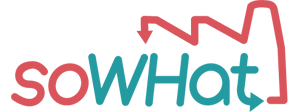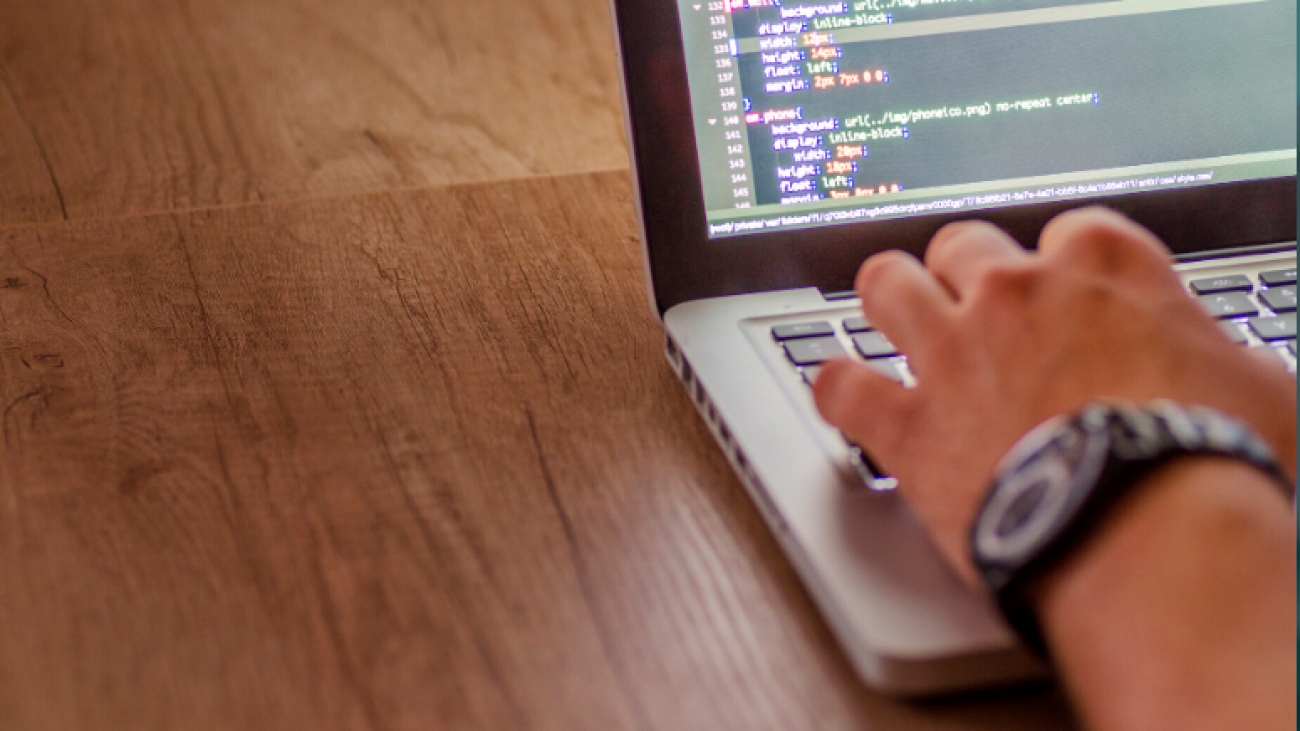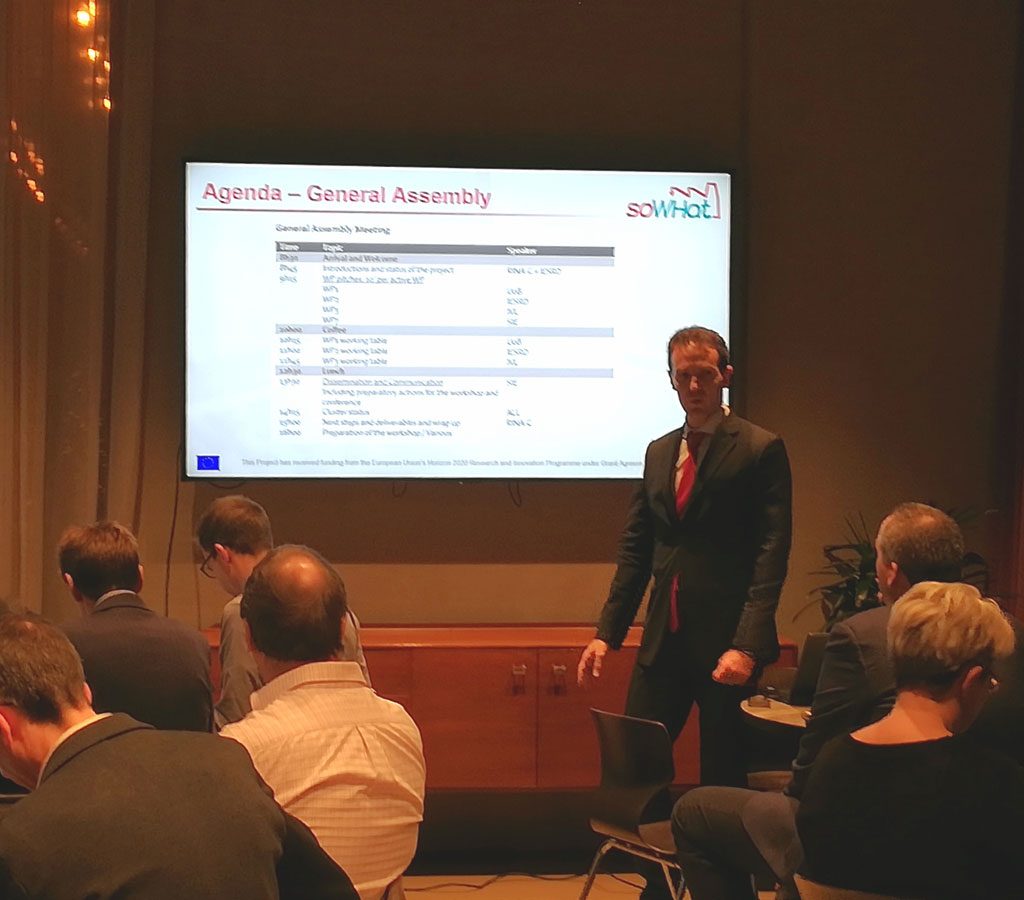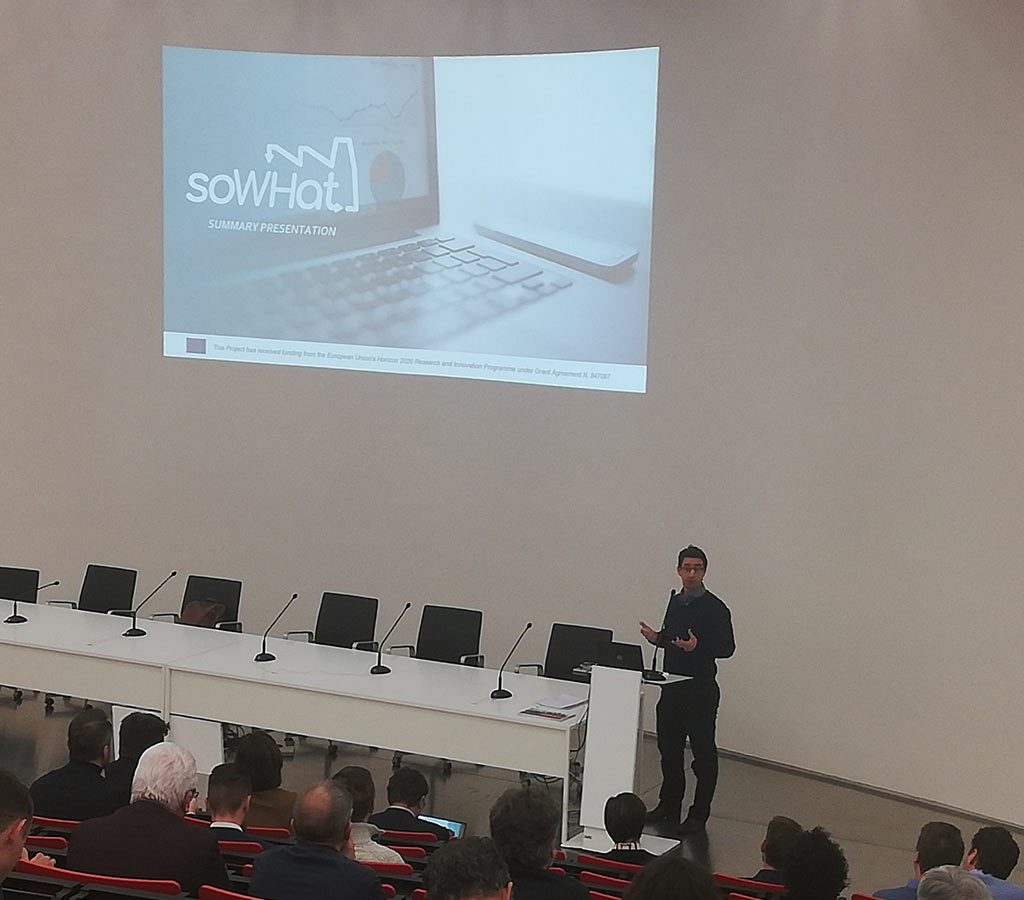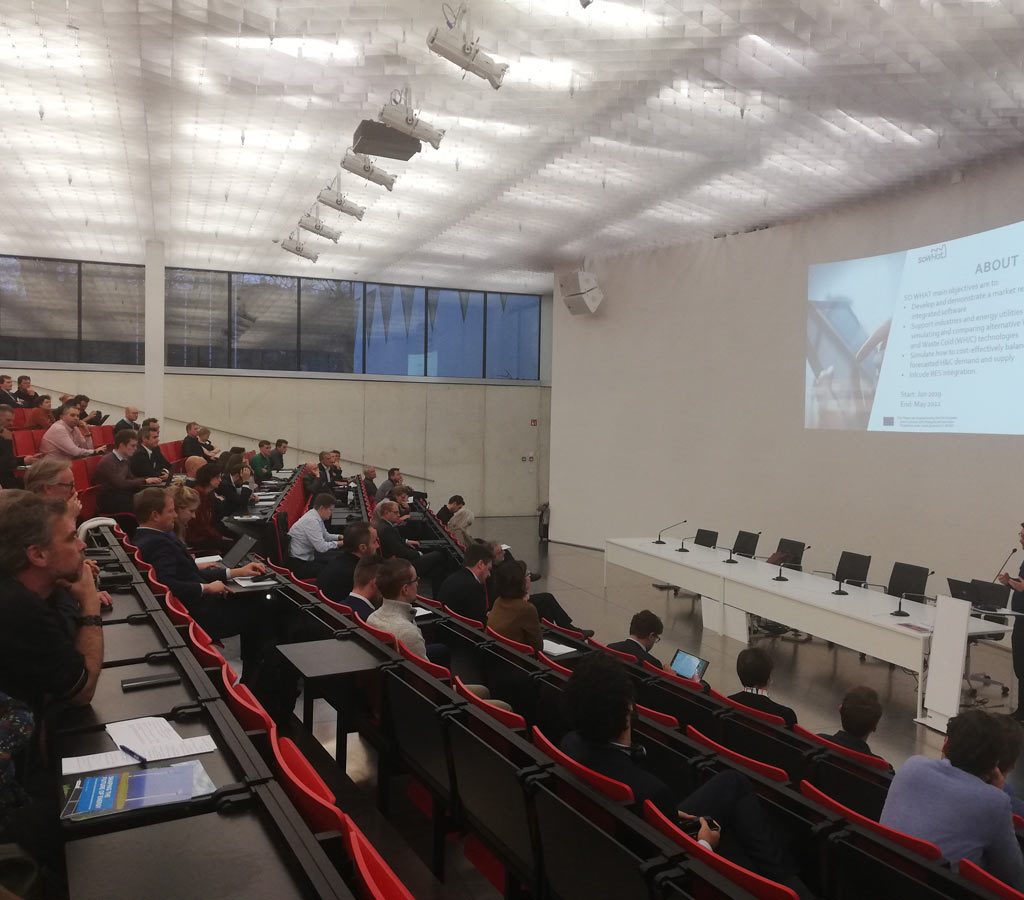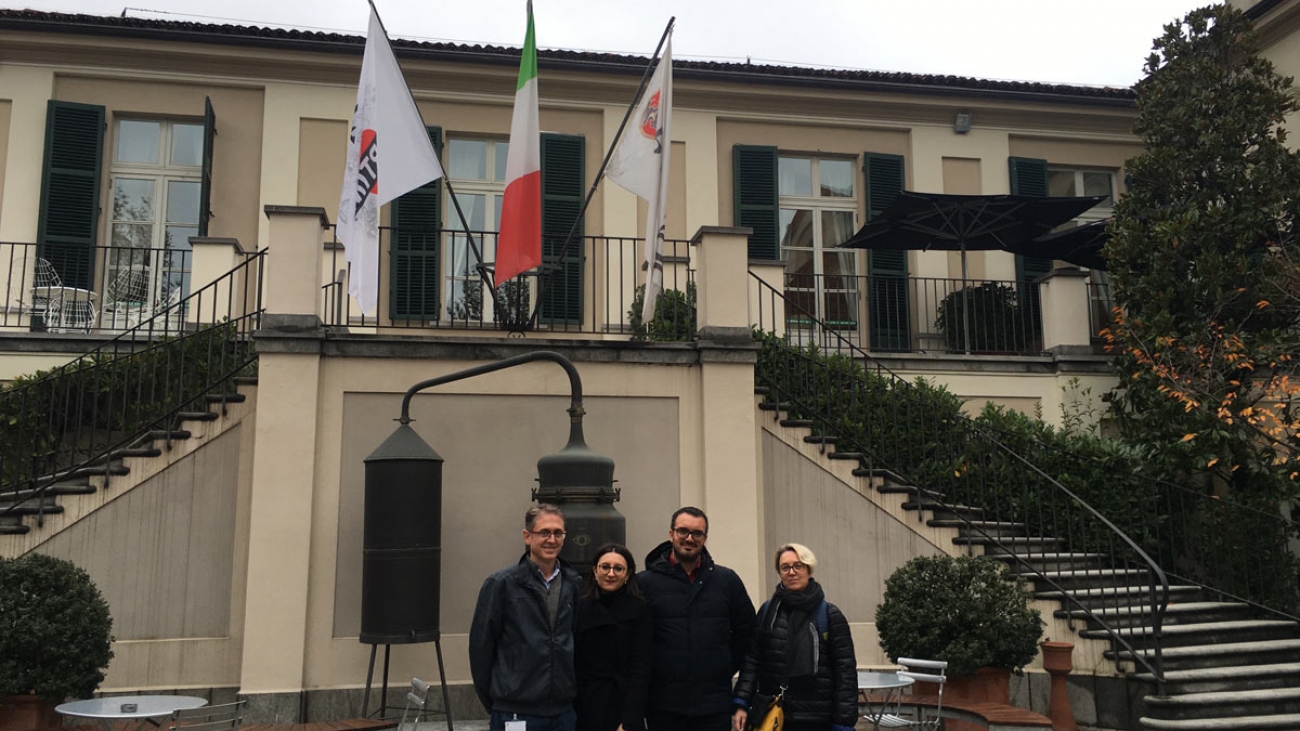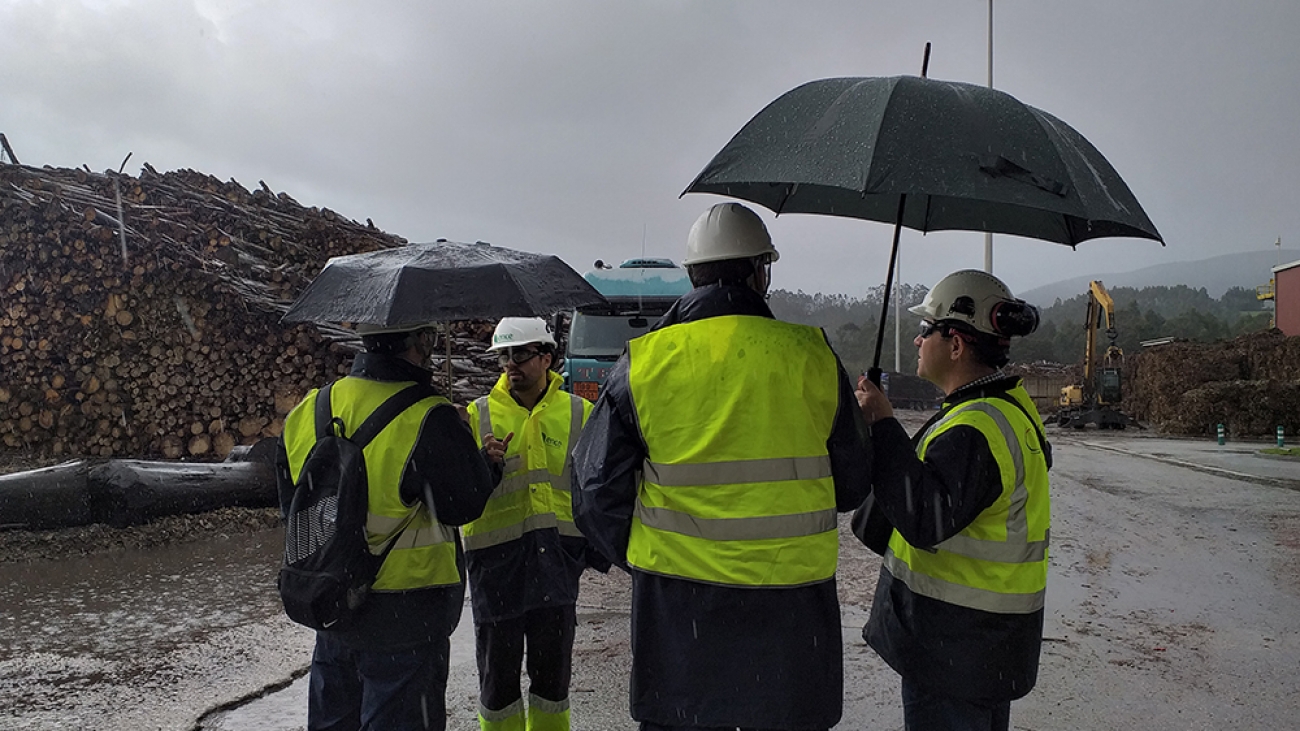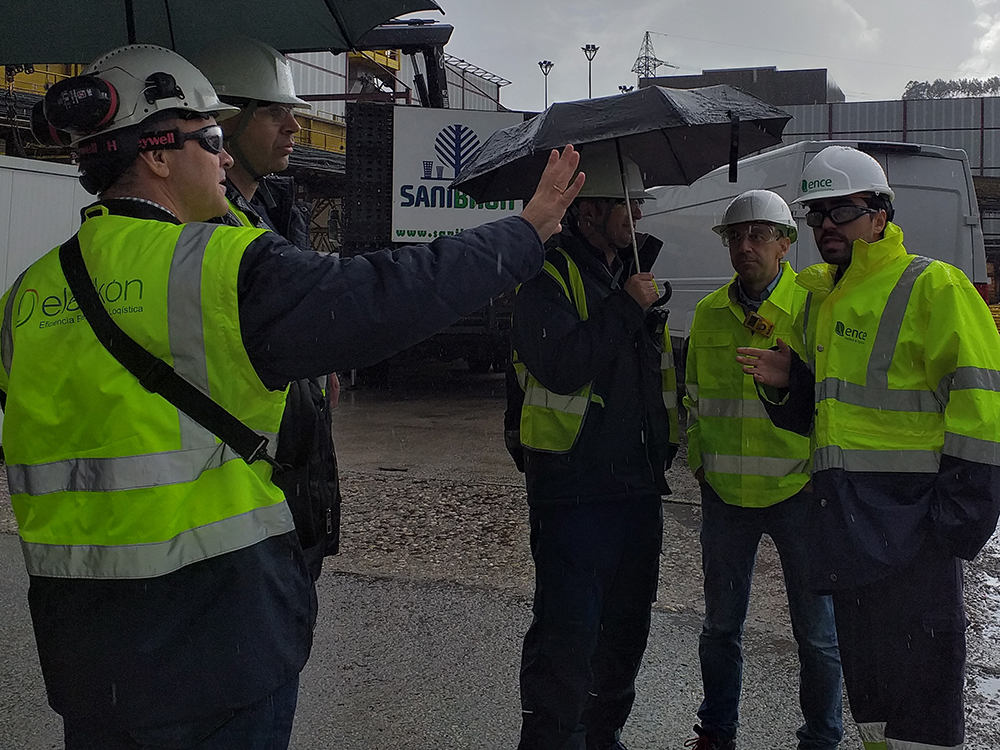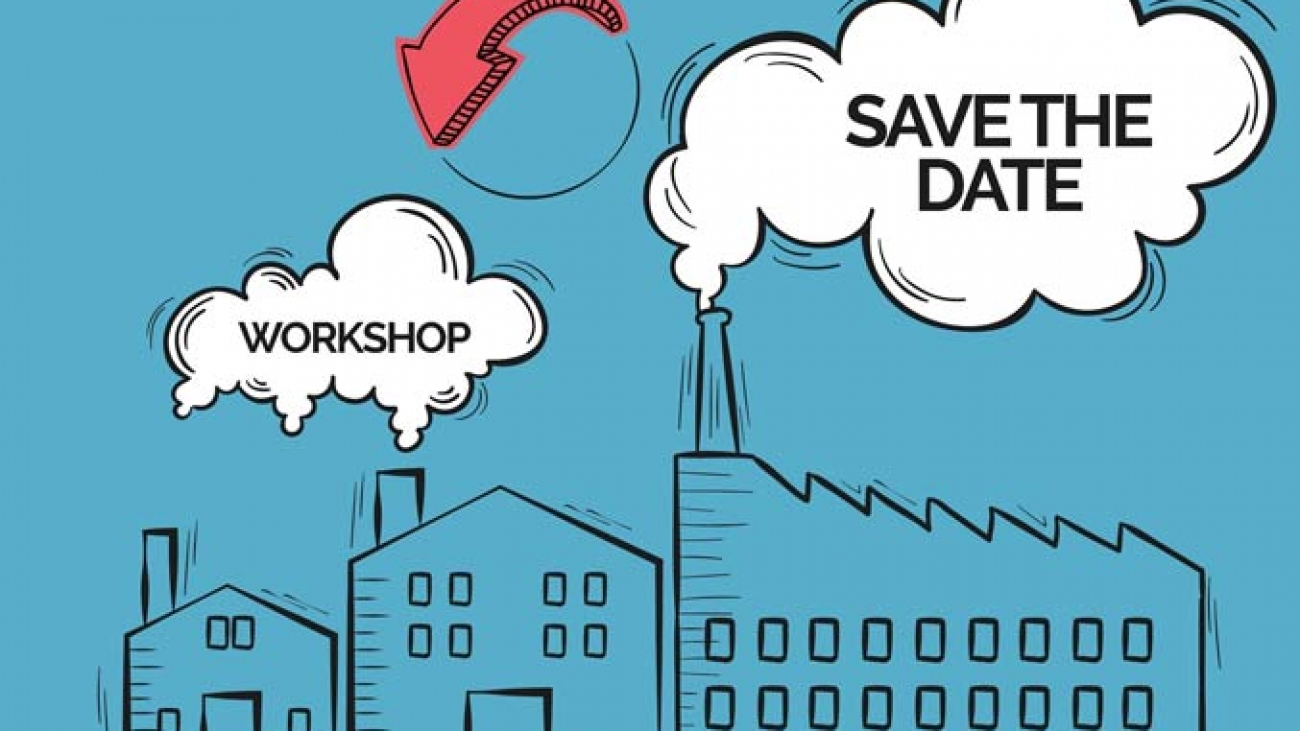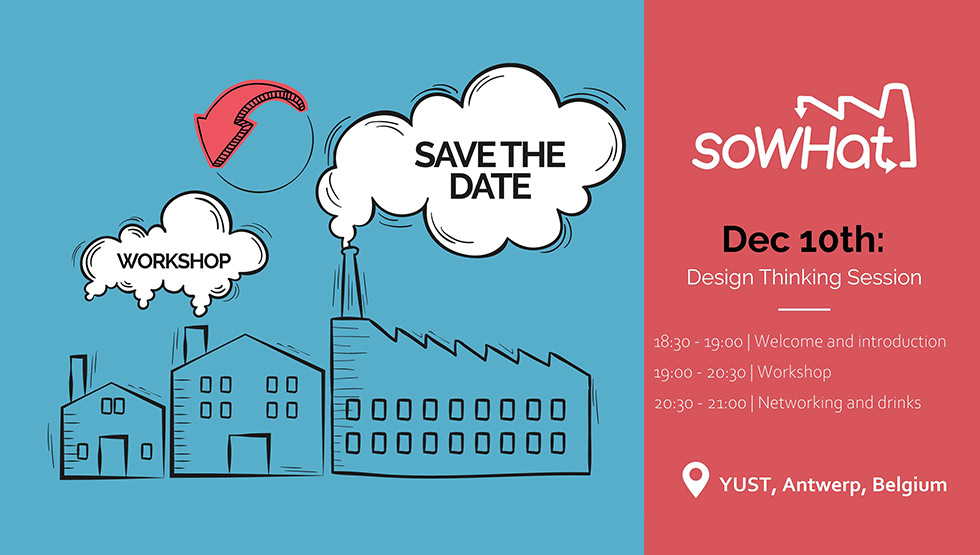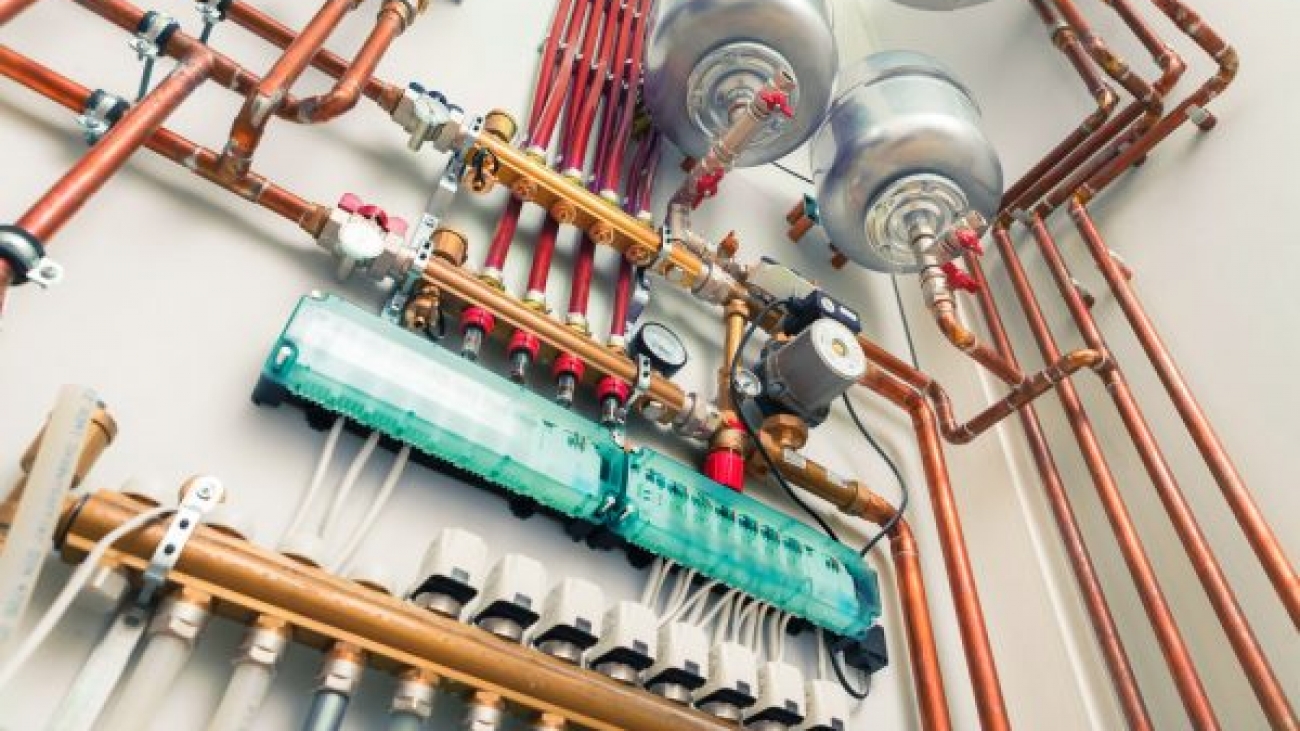The main objective of SO WHAT is to develop and demonstrate an integrated software which will support industries and energy utilities in selecting, simulating and comparing alternative Waste Heat and Waste Cold (WH/C) exploitation technologies that could cost-effectively balance the local forecasted H&C demand also via renewable energy sources (RES) integration.
It’s key to understand the specific needs of the industry and energy utilities, so the tool can be design according to their requirements. In order to gather the most important features that the software should have, we carried out a research based on a design-thinking workshop, interviews and an online survey. We involved industrial sites and stakeholders to understand the main user requirements for the software.
The inputs from the interview, questionnaires and workshop responses have been analysed and grouped into technical requirements from a user perspective. The below shows areas that are common to all users:
• Simple and standardized input formats
• Ability to show the amount, quality and reliability of waste heat/cold
• Exergy analysis
• Cost benefit and life cycle analysis
• Environmental benefits calculation (CO2)
• User-friendliness
• Demand and supply matching
If you would like to learn more about the methodology and the results of the research, check our public deliverable: https://sowhatproject.eu/wp-content/uploads/2018/05/Report-on-end-users%E2%80%99-current-status-practices-and-needs-in-waste-HC-recovery-and-R_compressed.pdf
